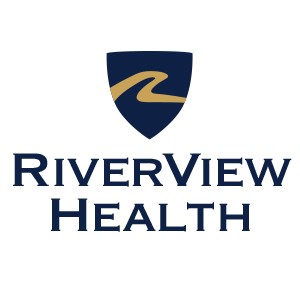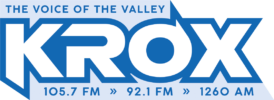What if there was an inexpensive service that could provide pain relief, faster recovery from injury, optimized sports performance, and could prevent issues from becoming chronic? Sounds pretty good, right? Well, there is; it’s called dry needling, and RiverView Physical Therapist Christine Loff recently earned certification as a Functional Dry Needling Specialist.
Dry needling is a safe, effective treatment involving needles the same size as those used in acupuncture. Trained in the specialty, Loff inserts needles along a patient’s trigger points — the tight bands of tissue within a muscle — to promote the body’s healing mechanisms. The practice loosens stiff muscles, eases joint pain, and improves blood flow and oxygen circulation within the body.
“I often incorporate dry needling during my therapy sessions since it is a great tool to help treat dysfunctional muscle tissue,’’ Loff shared. “It aids in reducing pain and helps to restore function. It has been a game changer, especially when used in conjunction with traditional physical therapy.’’
From Patient to Practitioner
Not only is Loff a dry needling specialist, but she’s also a patient. She became interested in dry needling after she sought treatment for a cold and cough that lasted for an extended time and caused shoulder and rib pain. She found pain relief by having dry needling done to the muscles surrounding her shoulder.
Her patient experience, combined with her desire to help others, led to her current RiverView practice in Crookston and East Grand Forks, where she provides dry needling in the office setting.
The needles are single-use, fine, short, stainless steel needles that do not inject fluid into the body. That is why the term “dry” is used. The needles help release the knot and relieve any muscle pain or spasms.
In addition to relieving muscular pain and stiffness, easing the trigger points improves flexibility and helps increase the range of motion; this is why the method is often used to treat sports injuries and even fibromyalgia pain.
Relief from the following issues can also be achieved with dry needling:
- Neck pain
- Headaches
- Low back pain
- Shoulder pain
- Tennis elbow
- Carpal tunnel
- Knee pain
- Shin splints
- Plantar fasciitis
Different than Acupuncture
If you only compared dry needling and acupuncture with a photo, you might be stumped to identify each. Needles are inserted into the skin for both practices, and both treat pain. However, that is where the similarities end.
Dry needling is designed to stimulate trigger points or muscles that are irritable. It is based on Western medicine and modern science. Needles are placed into tight, painful muscles and other tissues to release tension and lower pain.
Acupuncture relieves pain, discomfort, or issues by opening up a person’s energy flow or chi. It is based on ancient Oriental medicine.
Loff works with each patient on a treatment plan to help determine how many sessions may be needed for optimal results. After you feel better, routine exercise and good posture help keep the problem from returning. If the pain starts to return, you may need to have another treatment.
A referral from your primary care provider is needed. Insurance may cover the technique; however, you should contact your insurance provider to determine coverage. If your insurance does not cover the service, you may pay an up-front fee of $30 per session for one to two muscle groups and three or more muscle groups at $64.
For more information, call RiverView’s Rehab Services Department at 218-281-9463.





